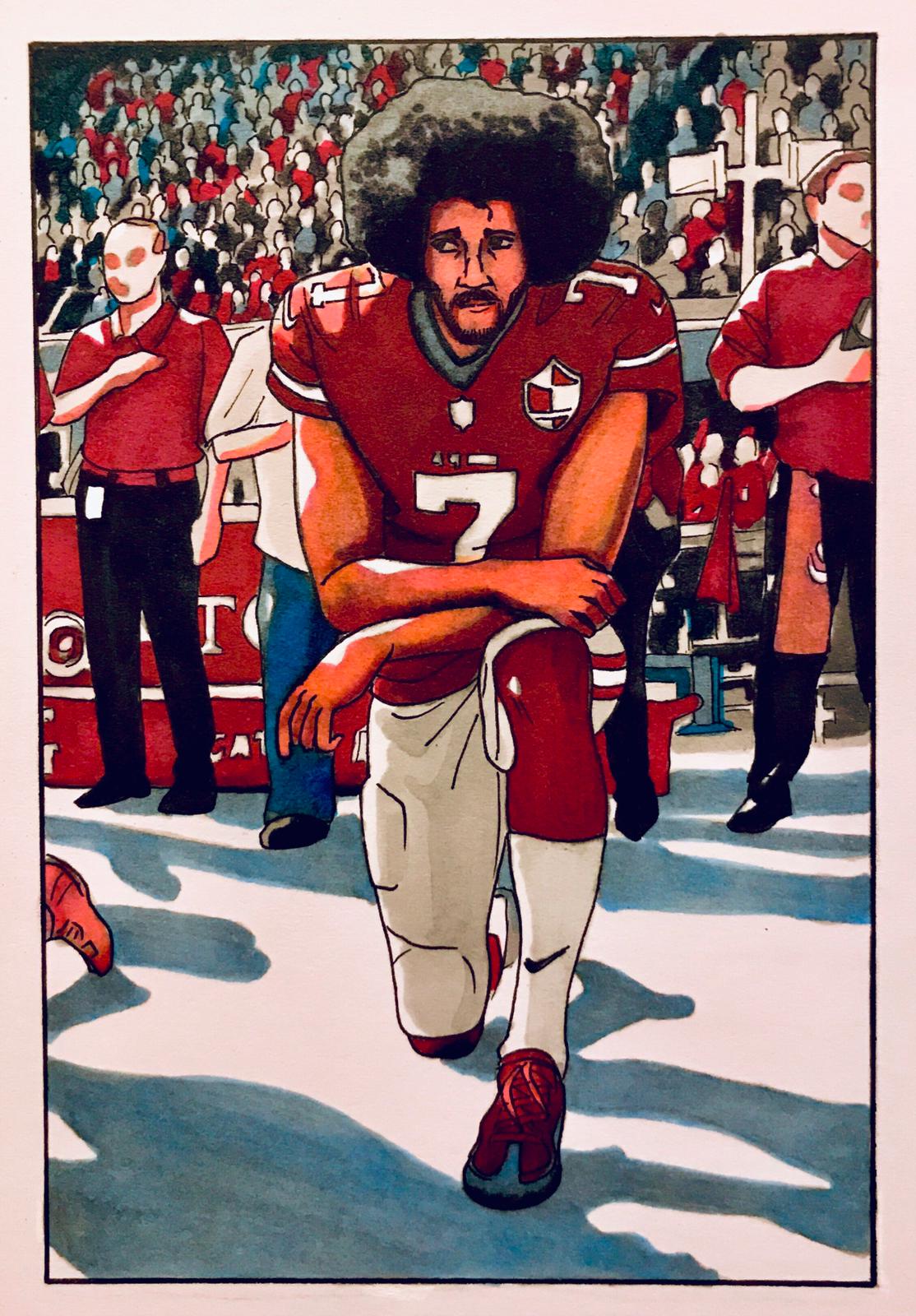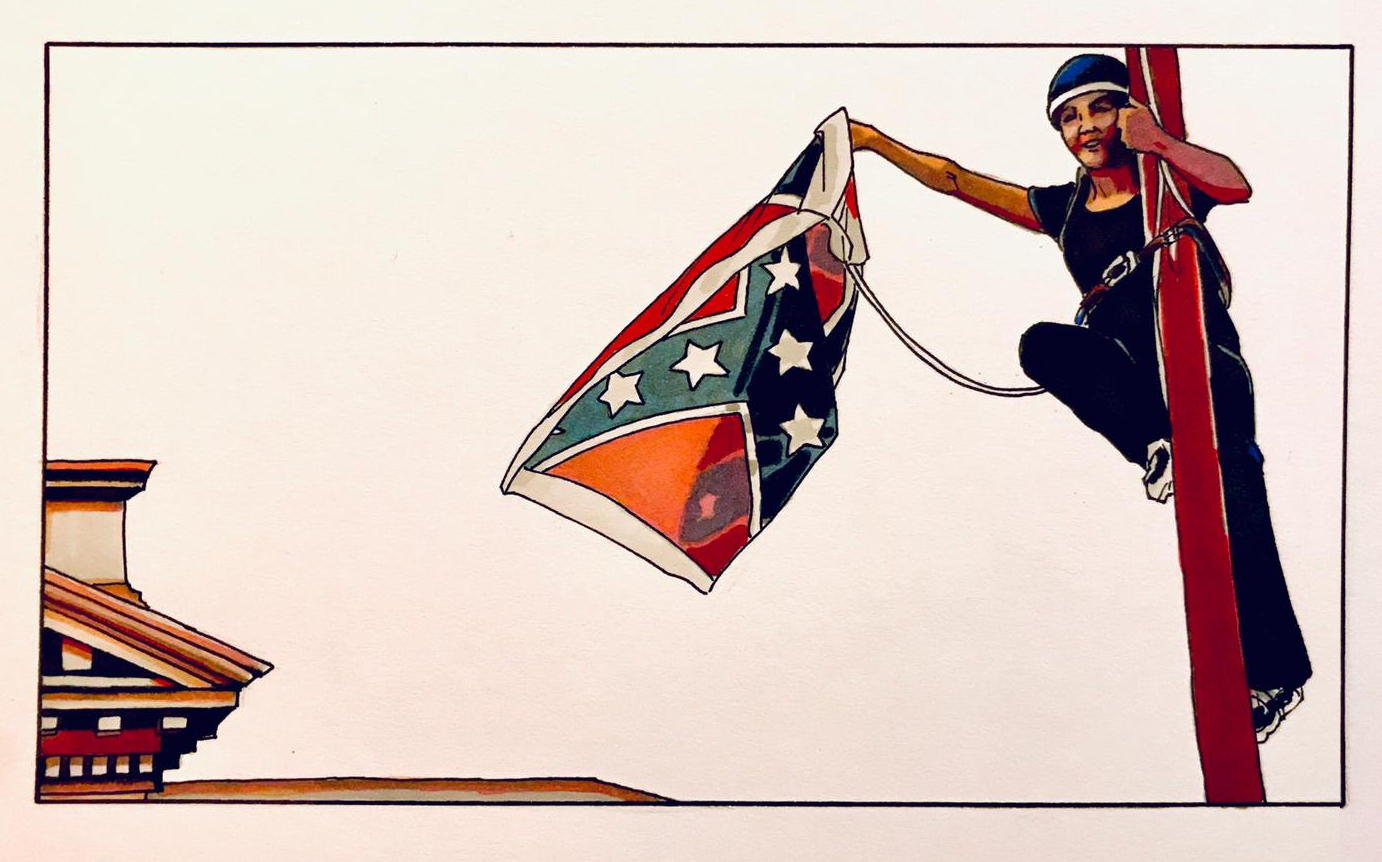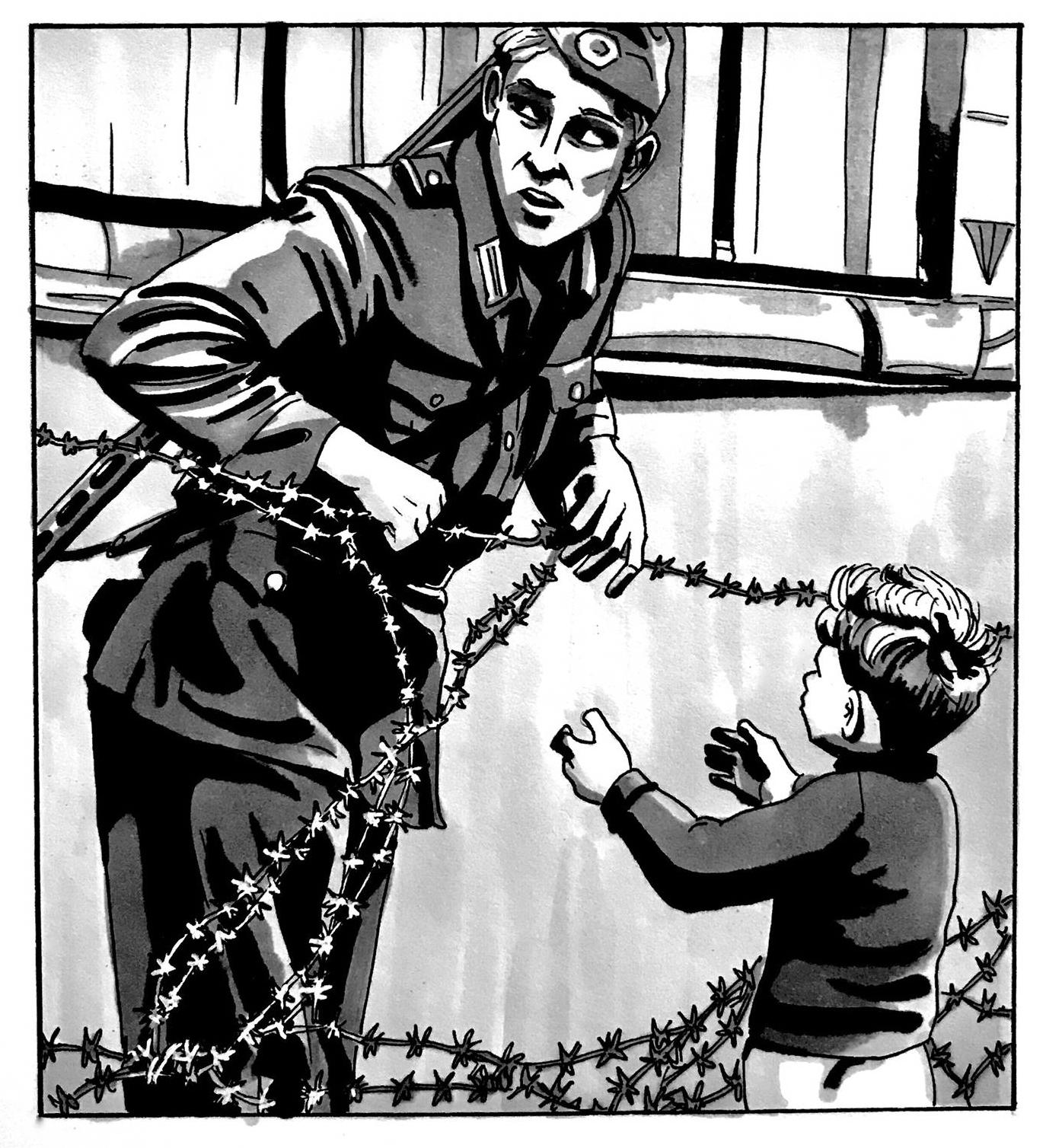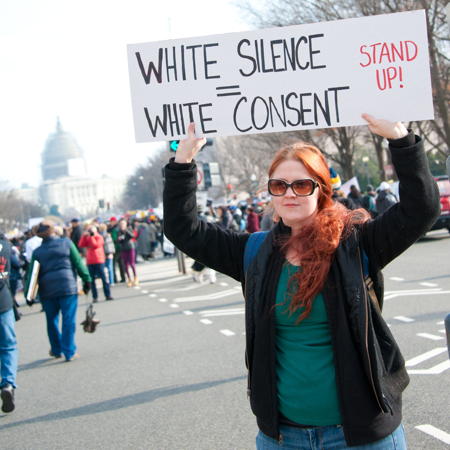Racial Justice Allies
What is Allyship?
Allyship consists of supporting non-dominant groups through meaningful relationships, and taking concrete action to dismantle inequitable systems. Ally behaviors can include calling out discrimination and fighting for inclusion of outgroup members, and they consist of both public and private behaviors. Allyship requires identifying and decentering Whiteness, empowering others even when this involves peer conflict, and engaging in reciprocal vulnerability.
Spanierman and Smith (2017) define White allies are those who: (a) demonstrate nuanced understanding of institutional racism and White privilege, (b) enact a continual process of self-reflection about their own racism and positionality, (c) express a sense of responsibility and commitment to using their racial privilege in ways that promote equity (d) engage in actions to disrupt racism and the status quo on micro and macro levels, (e) participate in coalition building and work in solidarity with people of color, and (f) encounter resistance from other White individuals.
Papers
Williams, M. T., Sharif, N., Strauss, D., Gran-Ruaz, S., Bartlett, A., & Skinta, M. D. (2021). Unicorns, leprechauns, and White allies: Exploring the space between intent and action. The Behavior Therapist, 44(6), 272-281.
Williams, M. T. & Sharif, N. (2021). Racial allyship: Novel measurement and new insights. New Ideas in Psychology, 62(100865), 1-10. https://doi.org/10.1016/j.newideapsych.2021.100865
Williams, M. T. & Gran-Ruaz, S. (in press). Can anti-racism training improve outgroup liking and allyship behaviors? Whiteness and Education. https://doi.org/10.1080/23793406.2021.1988687
How Can White Therapists Be Better Allies?
Deepening the Conversation around Race-Based Trauma
This video features S. Kent Butler, president-elect of the American Counseling Association; Monnica Williams, associate professor at University of Ottawa and coauthor of Eliminating Race-Based Mental Health Disparities; Gail Parker, president of the Black Yoga Teachers Alliance and author of Restorative Yoga for Ethnic and Race-Based Stress and Trauma, and Zach Taylor, director CE for PESI and Psychotherapy Networker.
Experts discuss the steps White therapists can take to open up healing discussions around race in therapy and address racial injustice in our society. "There's a misperception that this is a Black-person problem," Dr. Williams says, "but it's an everyone problem."
White Allies versus White Saviors
(Williams, Sharif, Strauss, Gran-Ruaz, Bartlett, & Skinta, 2021)
White Allies | White Saviours | |
|---|---|---|
| Attitudes | Recognize and value racial, ethnic, and cultural differences. | Believe White people have the unique power to uplift, edify and strengthen others. |
| Are willing to be vulnerable and challenge own internal racism. | See themselves as uniquely qualified to bring necessary change. | |
| Are passionate about disrupting and correcting patterns of injustice. | Have paternalistic attitudes toward people of color. | |
| Examples: | Examples: | |
| Realizing that automatic assumptions or thoughts have been shaped by a lifetime of racist messages and treating one’s attitudes with skepticism. | Expecting clinical research trials to have a licensed psychiatrist or doctor on the team but not an Indigenous healer or shaman. | |
| Developing a mindful stance of noticing and observing associations with race without assuming such thoughts are true. | Adopting a BIPOC child with no effort to expose the child their original language or culture, believing White Western culture is adequate or superior. | |
| Motivation | Are motivated by values surrounding equity, inclusion, and diversity. | Are motivated by White guilt, reputational benefits, or personal glorification. | Act out of genuine care and concern for the wellbeing of BIPOC in their lives. |
|
| Examples: | Examples: | |
| Conducting research that could uncover racism at one’s own institution in order to address it. | Going to a Black Lives Matter protest and posting the selfies on social media to broadcast one’s “allyship”. | |
| Action | Transform White dominated systems such that they are equitable, fair, and just | Help people of color navigate a system of White dominance without changing it. |
| Maintain cultural humility and freely apologize for missteps. | Broadcast allyship behaviors and sentiments, without accepting criticism. | |
| Step back, avoid centering themselves in situations, and create opportunities for people of color to be centered. | Center themselves and overstate their own relevance. | |
| Examples: | Examples: | |
| Directing questions about specific or technical topics to BIPOC colleagues with subject-matter expertise instead of answering them themselves. | Saying will bring up issues relating to BIPOC with other White colleagues at the next meeting rather than inviting BIPOC to the meeting. | |
| Stepping down from a leadership role to allow it to be filled by a person of color who would benefit professionally. | Organizing a panel presentation about people of color without any people of color on the panel. | |
| Encouraging Black women to set the goals and agenda for a feminist organization traditionally controlled by White women. | A feminist organization using stories of oppressed Black women to garner donations without addressing the different priorities of Black women. | |
| Expectations | Expect that their education about diversity issues will be a continual process of hard work and self-reflection | Expect acknowledgement, credit and/or glory for efforts. |
| Anticipate that anti-racism work is an ongoing effort to dismantle individual and institutional beliefs, practices, and polices. | Label themselves “allies” and expect others to agree. | |
| Understand they will receive disapproval and punishment from dominant group members. | Expect BIPOC to be grateful for their good intentions, even if they accidentally cause harm. | |
| Examples: | Examples: | |
| Speaking up if they witness behavior or speech that is degrading or offensive. | Expecting praise and support for writing posts about anti-racism on social media. | |
| Offering support to a BIPOC person without expecting acknowledgement or thanks. | Expecting credit for chairing a diversity committee at their workplace. | |
| Anticipating losing some friends when talking to them about their racist behaviors. | Stopping efforts to recruit BIPOC graduate students after receiving unexpected criticism from higher-ups. | |
| Connection | Build meaningful relationships with members of the groups with which they aspire to ally themselves. | Maintain hierarchical or distant relationships with members of the groups with which they wish to ally themselves. |
| Examples: | Examples: | |
| Checking in with Black friends, partners, colleagues, family when something racist has happened in their lives, and asking if/how to provide support. | Psychology researchers looking for diversity in their participant pool but not in their own research team. | |
| Listening and asking questions when someone describes an experience of racism, without inserting own personal stories or attempting to link a racist experience to a White experience. | Partnering with Black trainees as coauthors but not collaborating with Black scholars of equal rank that might allow open disagreement. | |
| Accountability | Work to understand the needs of the groups with which they hope to ally themselves and hold themselves accountable to those groups. | Do not hold themselves accountable to the groups with which they claim to ally themselves, but only to their own goals. |
| Examples: | Examples: | |
| Asking people of color (colleagues, community stakeholders, friends) for constructive criticism of efforts. | Requesting more funding for EDI initiatives without getting feedback from BIPOC on the relevance or success of those initiatives. | |
| Accepting the label of “ally” only from recognized members of the non-dominant groups with which they wish to ally themselves. | Making false or misleading claims about an indigenous heritage in order to create credibility when discussing Native American issues. | |
| Conducting participatory research with communities of color, where BIPOC share equal or greater power in decision making. | Implementing a substance abuse intervention in a community of color without permission from the community leaders. | |
Presentations
Sharif, N., Gran-Ruaz, S., Strauss, D. & Williams, M. (2020, November 19-22). The stories we tell ourselves: White allyship and thinking versus acting. Poster presented at the conference of the Association for Behavioral and Cognitive Therapies, Philadelphia, PA.
Related Articles
Printz Pereira, D. & George, J. (2020). The ethical obligation of allyship: Why and how White professionals need to foster Black equality. The Behavior Therapist, 43(6), 194-200.
Reid, N. (2021, September 19). No more white saviours, thanks: How to be a true anti-racist ally. The Observer. The Guardian.
Racial Justice Allyship Requires Civil Courage: A Behavioral Prescription for Moral Growth and Change
The American Psychologist (2023)

Tank Man
In 1989, a Chinese man carrying two shopping bags stood alone in defiance before a line of tanks to block their way toward Beijing’s Changan Boulevard in Tiananmen. The tanks were headed to clear civil rights student protesters from Tiananmen Square. His image became a symbol of freedom, courage, and defiance against unwinnable odds.

Colin Kaepernick
In 2016, an NFL quarterback protested systemic racism and police brutality by kneeling while the U.S. national anthem was playing. This action shocked viewers, and the aftermath destroyed his athletic career. Undaunted, he persisted. To this day, although widely praised for his courage, he is shunned by his own sport.

Bree Newsome
In 2015, a 30-year-old African American woman scaled the flagpole on the South Carolina capitol grounds and took down the Confederate flag. From the top of the pole, she called out, “You come against me in the name of hatred, repression, and violence. I come against you in the name of God." For this act of courage and love, she was arrested.

The German Soldier
A young soldier in Berlin helped a child cross the newly built Berlin Wall. On the night of August 12, 1961, an order was given to prevent crossing between East and West Berlin. Despite his awareness of the instruction from the East German government forbidding crossing, the soldier showed civil courage by helping the boy, and for this, he was removed from his unit. The original photo description read, “No one knows what became of him.”

